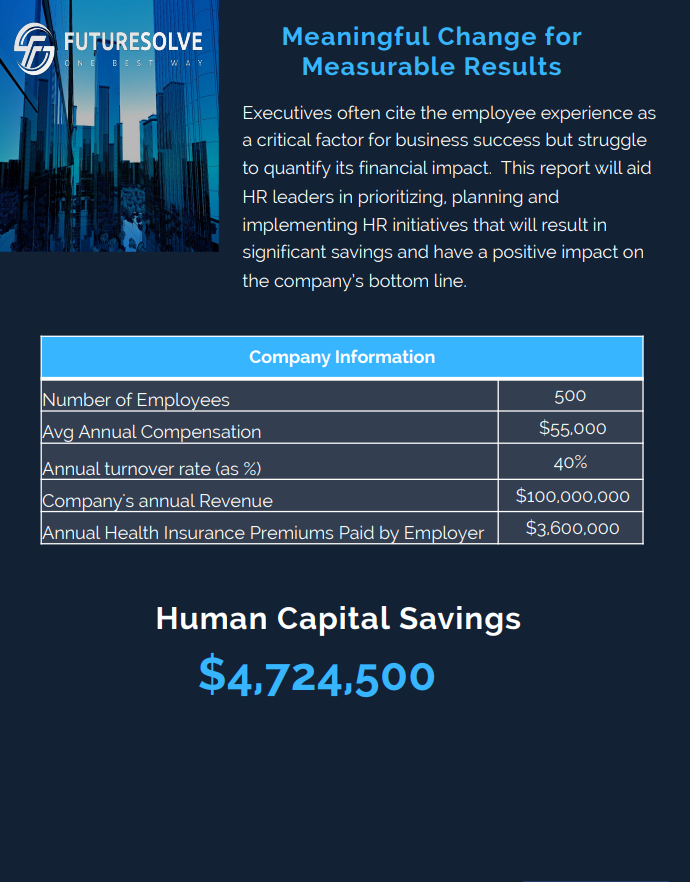As the world we live in keeps on changing and evolving, so does the manner in which we work. Whether it is due to disruptions due to the global COVID-19 pandemic or the ever-changing technological landscape across the globe, it significantly influences the manner in which employees tend to work.
During the ongoing pandemic, occupations featuring higher risks –including leisure, travel, on-site customer services, and others, eventually shifted to the concept of working remotely. On the other hand, other fields like grocery retail and healthcare did not have access to this option. Still, changes that were brought forth by human behavior and technology still affected these industries.
As the manner in which we work keeps on changing, employers are expected to study the ongoing changes to effectively understand how they can impact the respective business. It is possible by understanding the future of work on which employers should focus towards working in the post-pandemic era and even beyond that.
Leading Trends Shaping the Future of Work
Organizations all around the world should focus on adopting innovative practices for day-to-day operations along with high-end technology -including advances in intelligent automation to overcoming existing challenges and thriving. Some of the latest industry future of work trends that continue shaping modern work are:
Hybrid Work Culture
The global pandemic has affected professions across the world in several ways. According to a study, it is observed that the overall impact of the coronavirus pandemic tends to vary depending on the level of physical closeness to the respective workplace. While some businesses have been forced to permanently shift to the notion of a decentralized, remote work model, there are others who continue remaining on the centralized on-site work model. At the same time, there are others who have selected the hybrid model for their mode of working.
Hybrid work continues serving as the rising trend that functions on the combination of office and remote work. Most employees out there are comfortable with the flexibility of a hybrid work culture and having access to proper choice. For effectively transitioning to a hybrid work model, employers are expected to consider the following:
- Creating new policies and procedures or upgrading the existing procedures to ensure effective alignment between current policies and the hybrid work model.
- Providing relevant training to employees with respect to transitioning to the hybrid work model while achieving the most out of it.
- Upgrading legal information – like terms & conditions of the employee contracts, reviewing tax details, and upgrading workplace addresses.
Digital Transformation
The advent of the global pandemic has significantly accelerated the process of digital transformation. Modern organizations continue investing in high-end digital technologies like IoT (Internet of Things) and AI or Artificial Intelligence. Due to this, every company nowadays requires access to digital skills from new as well as existing employees. The overall demand for high-end digital skills -particularly in AI, data science or analytics, and RPA, has surged even non-IT organizations to go digital.
According to a study report, it is estimated that automation and AI will help in creating around 97 million new jobs by the time of 2025. As digital continues taking over, another leading trend will become more prominent in the modern workplace scenario. It is automation and augmentation of the existing workforce.
Employees are now expected to together with automation and AI technologies. This implies that as error-prone and repetitive tasks are automated, employees will get a chance to augment their overall abilities to deliver human input as per the requirement. Some of the use cases of AI augmentation within workplaces are retail, healthcare analytics, and law automation.
Employee Monitoring
More employee monitoring and analytics will also serve as a major trend in the modern workplace. An increasing number of modern employers continue investing in analytics and employee productivity monitoring technologies. These tools also feature remote monitoring tools -offering data to employers towards improving employee behavior right at their homes.
These tools can be regarded as the violation of employee privacy. It could also be overwhelming for employees to be monitored continuously. However, according to experts, it is believed that monitoring employees can lead to significant improvements in the field of employee engagement as well as the overall well-being -eventually lead to higher productivity.
Improving Employee Well-being
There is an increased focus on the overall well-being of employees. Well-being and mental health of employees are regarded as the topmost priorities for most global organizations.
Employers are now able to understand the influence of mental health and the overall well-being of staff on the respective productivity. As global disruptions like the pandemic, ever-changing work culture, and acceleration of digital workforce take place, employees require more out of the employers with respect to the well-being. Employers should, therefore, improve efforts towards effectively understanding the priorities of employees with respect to the overall well-being.
Digital Dexterity and Upskilling Outweighing Experience and Tenure
In the future, the best high-value work will be of cognitive nature. Employees are expected to make use of creativity, constant digital upskilling, and critical thinking to solve complex problems. The advent of the digital economy will demand new business models, ideas, and information that keeps continually expanding, combining, and shifting to new ventures.
Employees should, therefore, aim at continuously refreshing their digital dexterity towards meeting the upcoming needs. HR is also expected to set up as well as promote a continuous learning environment.
Expansion of Employee Data Collection
Hybrid work has indeed fostered a great deal of interest in the inspection of employee wellness and workplace productivity. It is estimated that around 16 percent of employers tend to leverage technologies frequently towards monitoring their employees through different methods.
Some of the common technology-based methods are tracking work and computer usage, virtual clocking in & out, employee emails, and so more.
Conclusion
The global pandemic has brought forth the future of work with the introduction of new work patterns to serve as the new normal. Therefore, it is imperative for organizations to enable a workplace that is inclusive, innovative, and insightful towards rethinking how work should be done.





























